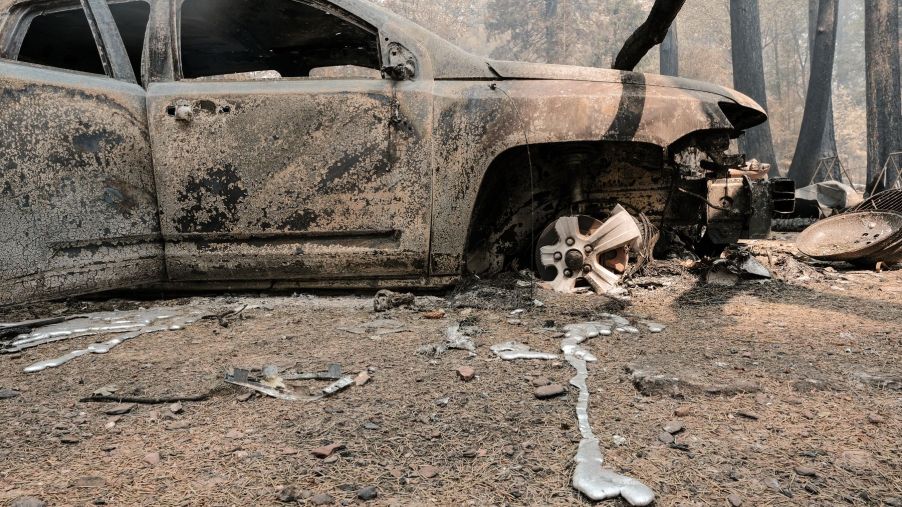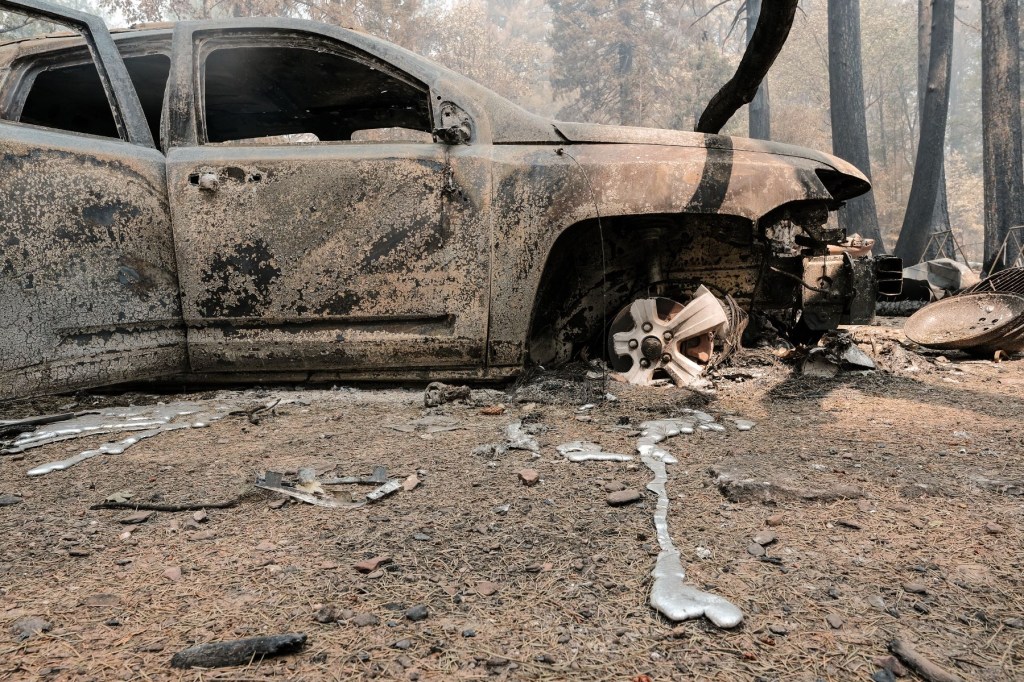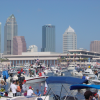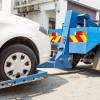
Climate Change Affects Roadways More Than You’d Think
Most Americans have experienced climate change firsthand. The increase of wildfires, severe hurricanes, and destructive flooding are just a few examples. While large-scale natural disasters get the most attention, the impact of climate change on cars shouldn’t be overlooked.
The environment and infrastructure planning have always gone hand in hand. As our climate is changing, so will our infrastructure. Some of this involves building greener highways, but a large portion of it will be damage mitigation. Here is what you need to know about climate change’s impact on automotive infrastructure.
How infrastructure is planned with climate

Infrastructure planning can’t be done without climate forecasts. For any infrastructure to last, city planners need to account for weather extremes. Extreme weather can degrade all forms of infrastructure, including power lines, road quality, and even the functionality of electric vehicles.
According to a Environmental Protection Agency report, most engineers want infrastructure to have a shelf life of 50 years. As such, engineers will account for “100-year events” that are likely to occur during the lifetime of a specific piece of infrastructure. This range includes heat waves, blizzards, extreme winds, flooding, and more.
Left out of the equation are 1,000-year events. These are so rare that they are unlikely to occur during the lifetime of a specific piece of infrastructure. At least, that’s how planning used to be done.
With the onset of climate change and its unpredictability, engineers are now accounting for 1,000-year events, as reported by Smithsonian. While scientists are certain that climate change will bring more volatile weather, the specifics of how that will manifest are still uncertain. As such, engineers are planning for worst-case scenarios when it comes to building expensive new infrastructure.
Climate change’s impact on roads and driving
Climate change will undoubtedly impact the life span of most roads. Higher temperatures will increase what is called “road softening.” To oversimplify, road softening is when the asphalt gets warm enough that it becomes malleable. Road softening starts to occur at 122 degrees Fahrenheit, according to Wisbech Standard.
Even if you live in a place where 122-degree highs are incredibly rare, it’s worth noting that asphalt is almost always warmer than the air temperature. According to Wisbech Standard, a sunny day in the 70s can easily warm asphalt to the softening point. In some cases, asphalt softening can be so severe that it shuts down entire airports, according to the Las Vegas Review-Journal. As a result, older roads that weren’t built with climate change in mind will be subject to higher maintenance costs.
New measures by cities for climate change
As we experience the increasing severity of climate change, cities are taking innovative new steps to keep infrastructure functioning. One such feature is a new concept called “road mapping.” Road-mapping accounts for which roads are more susceptible to flooding in extreme rainfall or storm surge.
In Miami’s case, areas that are designated for high risk of flooding will have floating roads. These roads will essentially float in the event of flooding or a storm surge so that they can remain functional. Miami has also installed newer pumping infrastructure to mitigate the risk of flooding. In total, the City of Miami spent about $500 million in additional infrastructure costs for climate change, as reported by The Smithsonian.
Kuala Lumpur is going even further. To mitigate extreme flooding, city planners have developed “smart tunnels.” In dry times, these tunnels will be used as normal roads for cars. But during monsoons, they will be closed to cars and act as drainage pipes. Smart tunnels are clearly marked so drivers will be aware not to use them during monsoons.


